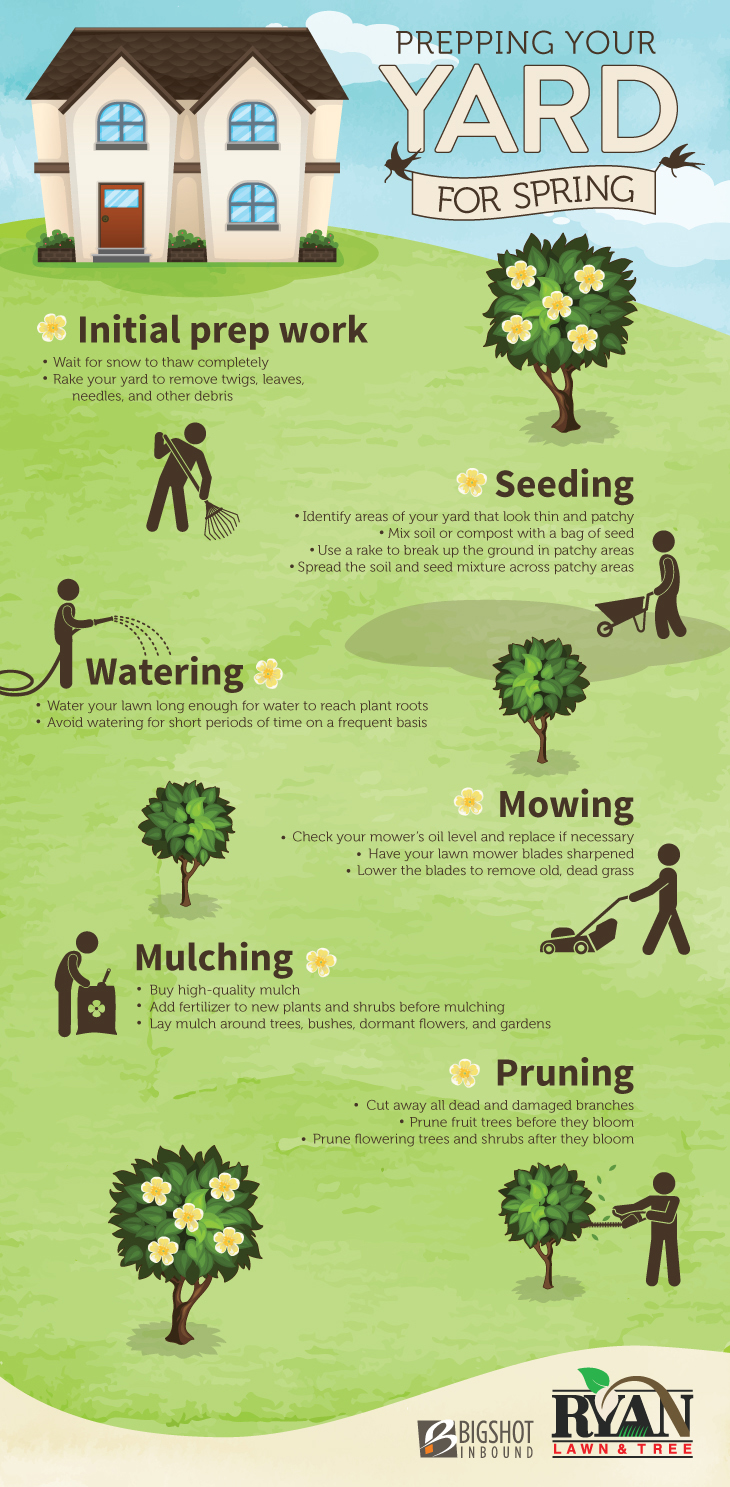Taking Care Of Your Landscape After Tree Removal Is Essential For Its Restoration; Discover Important Actions To Refresh Your Atmosphere And Prevent Future Complications
Taking Care Of Your Landscape After Tree Removal Is Essential For Its Restoration; Discover Important Actions To Refresh Your Atmosphere And Prevent Future Complications
Blog Article
Content By-Tate McCollum
After a tree's removal, your landscape may look quite various, and it's important to analyze the after-effects thoroughly. You'll want to review the dirt disruption and examine bordering plants for any kind of signs of stress. Neglecting these variables can result in bigger problems down the line. So, what should you finish with those stumps and roots? And exactly how do you choose the best plants for your revitalized room? Let's explore these essential steps.
Evaluating the Consequences: Examining Your Landscape
After a tree removal, it's crucial to analyze your landscape to understand the effect it carries your yard.
Begin by checking out the location where the tree stood. Try to find indicators of soil disruption, and inspect the surrounding plants for any tension or damage.
You must additionally bear in mind of how the elimination has transformed sunlight direct exposure and air flow in your yard. This change can influence the development of nearby plants, so it's important to review their wellness.
Take into consideration the visual elements as well; the elimination may create an open space that you can redesign.
Ultimately, consider any type of prospective disintegration concerns that could develop from the tree's lack. Dealing with these variables early will aid recover balance to your landscape.
Managing Stumps and Origins: Alternatives for Elimination
Once you've analyzed the aftermath of the tree removal, you'll likely require to deal with the stump and roots left behind.
You have a few choices for removal. One effective technique is stump grinding, where a specialist uses an equipment to grind the stump to underground degree. This approach leaves minimal interruption to your landscape.
If you prefer a DIY approach, you can utilize a mix of excavating and chemical stump eliminators. Just keep in Pruning Calamansi Tree , this process can take some time and effort.
Conversely, consider leaving the stump as a natural function, which can function as an unique yard component or environment for wild animals.
Whatever you choose, attending to the stump and origins is important for recovering your landscape.
Choosing the Right Plants for Your New Room
As you assess your freshly cleared room, choosing the right plants can significantly improve your landscape's beauty and performance.
Start by taking into consideration the sunlight and soil problems. For https://docs.google.com/document/d/1p4DcOlXuynLTIbY5XUn02GLoaMuAeuUZIgMz6YH1Ry0/edit?usp=sharing , choose drought-resistant plants like lavender or succulents. In shaded spots, ferns and hostas grow well.
Think about the size and growth practices of your plants; mix perennials and annuals for seasonal variety. Don't fail to remember to integrate native types; they require much less upkeep and support regional wildlife.
Team plants in weird numbers for an extra all-natural appearance and produce layers for visual depth.
Finally, guarantee you have a mix of shades and textures to maintain your landscape vibrant throughout the seasons.
Pleased planting!
Conclusion
Finally, restoring your landscape after tree elimination is a gratifying procedure. By analyzing the after-effects, addressing stumps and roots, and selecting the right plants, you'll develop a growing environment. Don't forget to include erosion control procedures to secure your soil. With a little initiative and care, you can change your area right into a lively yard that boosts your home. Embrace the chance to rejuvenate your landscape and take pleasure in the elegance of nature right in your backyard!
